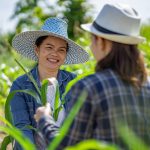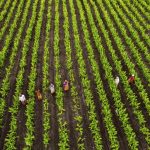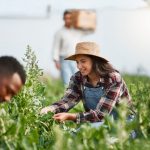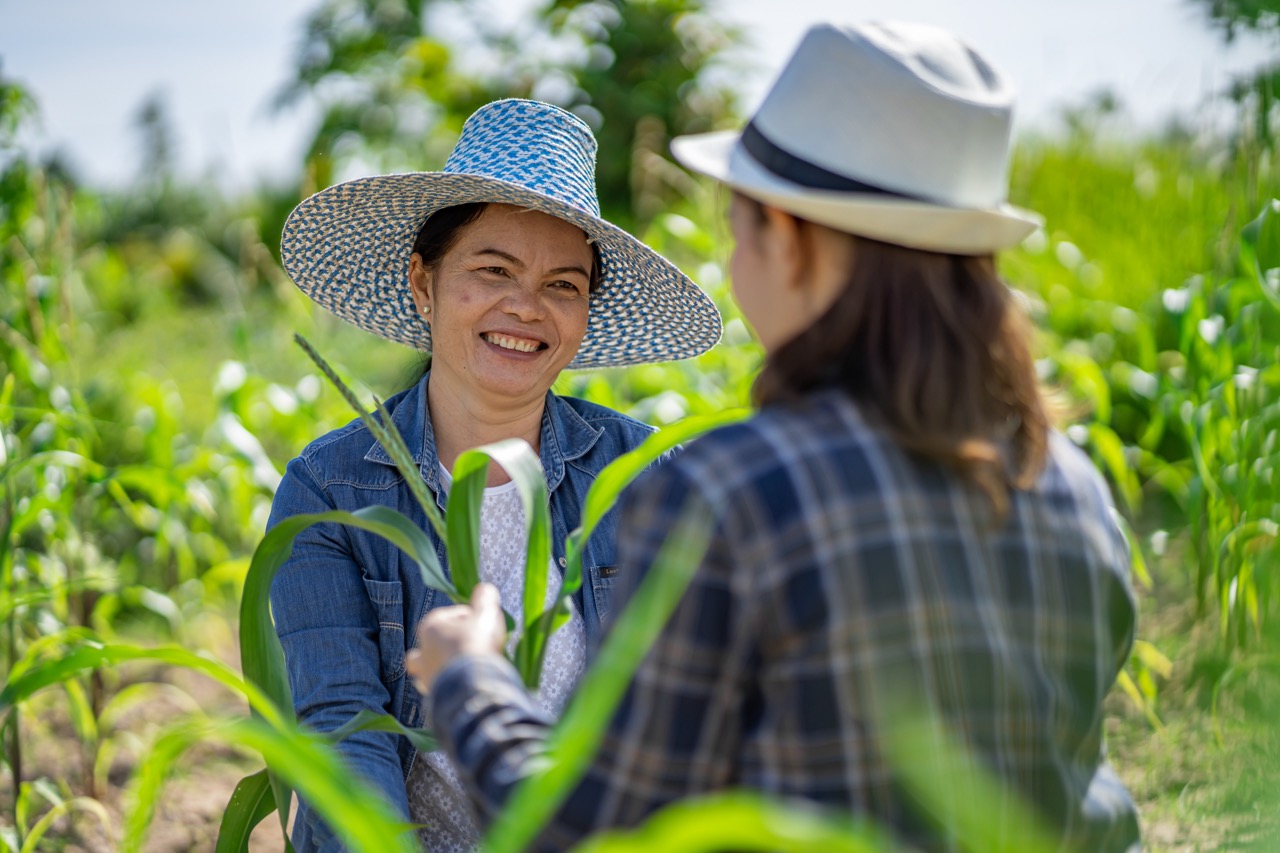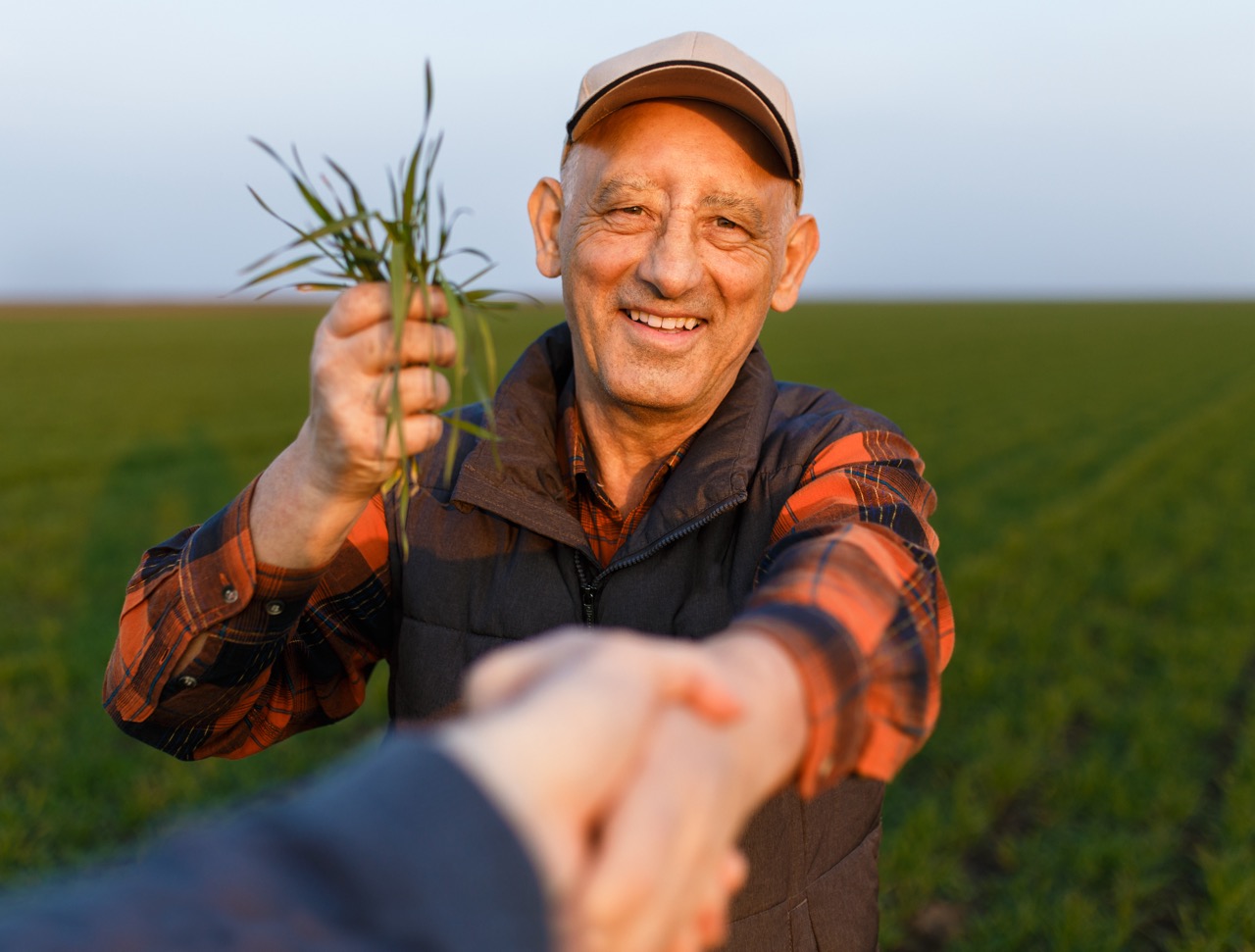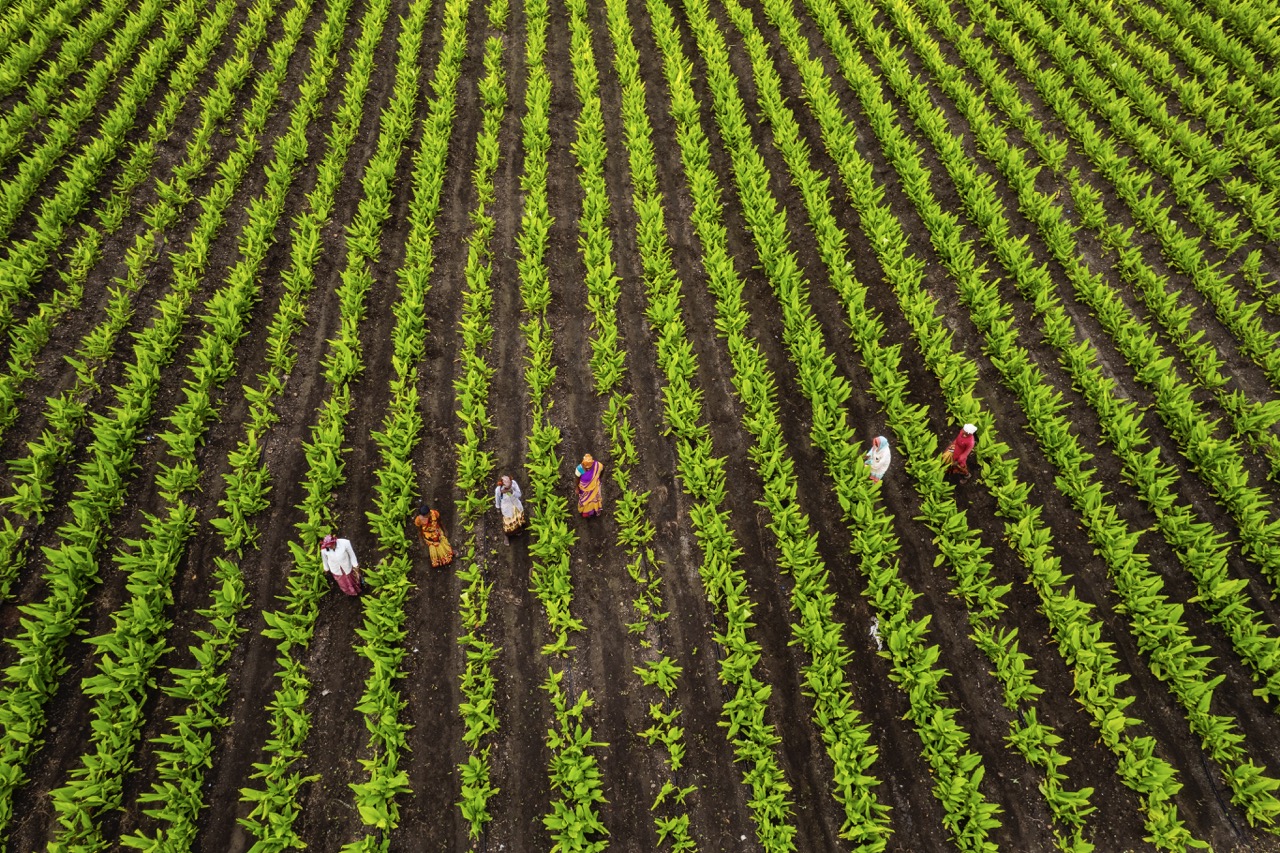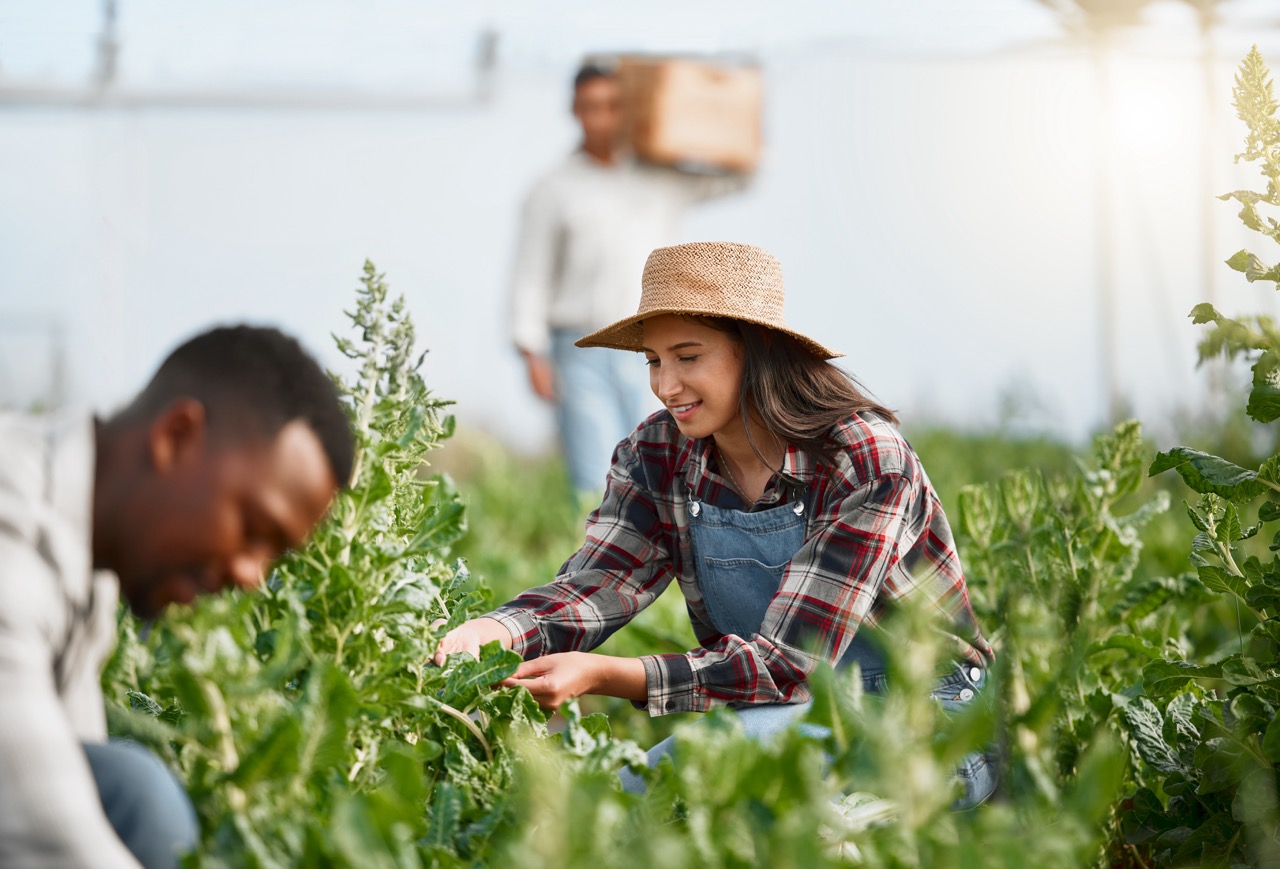Sharecropping, a system that emerged in the aftermath of the American Civil War, has been both lauded and criticized for its role in shaping agricultural practices, particularly in the Southern United States. While often associated with exploitation and poverty, sharecropping has also played a crucial role in enhancing community food resilience. By fostering local agricultural practices and community collaboration, sharecropping can contribute significantly to food security in vulnerable regions. This article examines the historical context of sharecropping, its mechanisms in local resilience, the empowerment it provides communities against food insecurity, and its future potential in sustainable food practices.
Understanding Sharecropping: A Historical Perspective on Food Systems
Sharecropping originated as a response to the economic devastation that followed the Civil War. With a landscape marked by destruction and a labor force seeking economic opportunities, landowners began to offer land to individuals—often formerly enslaved people—who would farm in return for a share of the crops. This system became a means for many to access land and engage in agricultural production, thus establishing a foundation for local food systems. However, the arrangement often led to cycles of debt and dependency, exacerbating the challenges faced by sharecroppers.
Historically, sharecropping has also reflected broader social dynamics and racial inequalities. It was not merely an agricultural system but a complex social contract that intertwined the fates of landowners and laborers. The reliance on cash crops like cotton reinforced economic vulnerability and limited dietary diversity. Nevertheless, sharecroppers often cultivated subsistence crops alongside cash crops, fostering a degree of food security that would serve as a model for future resilience strategies.
As communities grappled with the constraints of sharecropping, they developed networks of support, knowledge sharing, and resource management that laid the groundwork for cooperative farming initiatives. These early forms of community agriculture revealed the potential for collective action in enhancing local food systems, demonstrating that even in a system fraught with inequities, there are seeds of resilience that can be nurtured and expanded.
The Mechanisms of Sharecropping in Local Agriculture Resilience
Sharecropping operates on several mechanisms that can enhance local agricultural resilience. Firstly, it encourages the cultivation of diverse crops, which can mitigate risks associated with monoculture. Sharecroppers often plant a variety of foods for personal consumption and market sale, creating a buffer against crop failures and fluctuating market prices. This diversity not only supports individual households but also contributes to the broader food system’s stability.
Furthermore, sharecropping fosters deep-rooted community ties. Sharecroppers often work together, sharing labor and tools. This communal approach allows for the exchange of agricultural knowledge and practices, empowering individuals to adapt to environmental changes and market demands. Through collaboration, sharecroppers can innovate and implement sustainable farming techniques, enhancing soil health and managing resources in a way that individual farmers might struggle to achieve alone.
In addition to the cultivation practices, sharecropping establishes economic connections within the community. By selling surplus produce locally, sharecroppers contribute to a circular economy that reinforces food sovereignty and reduces reliance on external markets. Such local economic dynamics are essential for building food systems that are resilient to broader socio-economic fluctuations, ensuring that communities can sustain themselves even in challenging times.
How Sharecropping Empowers Communities to Combat Food Insecurity
One of the most significant benefits of sharecropping is its capacity to empower communities facing food insecurity. By enabling individuals and families to grow their own food, sharecropping directly addresses issues of access and availability. In areas where grocery stores are scarce, the ability to cultivate crops and maintain gardens can be a crucial lifeline, providing fresh produce to households that might otherwise rely on processed or unhealthy food sources.
Moreover, sharecropping promotes agency and self-determination within communities. When individuals participate in a system where they have a stake in the land and its output, they are more likely to engage in practices that prioritize health, sustainability, and environmental stewardship. This shift towards self-reliance can enhance food security by encouraging communities to adopt localized solutions tailored to their unique contexts, ultimately reducing vulnerability to external shocks such as economic downturns or natural disasters.
Additionally, the social capital garnered through sharecropping can lead to advocacy for better policies and support systems. As communities unite over shared agricultural practices, they can also mobilize to influence local and regional food policies. This collective voice can be instrumental in shaping food systems that prioritize equity, sustainability, and resilience, which are essential for combating long-term food insecurity.
Future Prospects: Sharecropping’s Role in Sustainable Food Practices
As the world grapples with the twin challenges of climate change and food insecurity, sharecropping may find renewed relevance as a model for sustainable food practices. The movement towards agroecology and regenerative agriculture aligns well with the principles inherent in sharecropping, emphasizing biodiversity, soil health, and community involvement. By integrating these practices into sharecropping systems, communities can enhance their resilience and adapt to the changing environmental landscape.
Looking to the future, educational initiatives that incorporate traditional practices of sharecropping can provide invaluable resources for new generations of farmers. By preserving indigenous knowledge and techniques while also integrating modern agricultural methods, communities can develop robust food systems that are both resilient and sustainable. This fusion can lead to innovations in crop management, pest control, and resource conservation, promoting a more sustainable agricultural landscape.
Finally, the rise of food sovereignty movements and local food initiatives presents an opportunity to reframe sharecropping within a contemporary context. As communities seek to reclaim their food systems from industrial agriculture’s grip, sharecropping can be viewed as a viable model for collective ownership and stewardship of land. With growing awareness and support for sustainable practices, sharecropping may emerge as a foundational element in the quest for a just and resilient food future.
In conclusion, while sharecropping has a complex and often controversial history, its role in enhancing community food resilience cannot be overlooked. The mechanisms of sharecropping—ranging from crop diversity to community collaboration—underscore its potential to empower communities in the face of food insecurity. As we look towards sustainable food practices, integrating the principles of sharecropping can foster resilience and food sovereignty that is increasingly critical in today’s changing world. Embracing and adapting this historical practice might pave the way for innovative solutions to our most pressing agricultural challenges, making sharecropping a vital part of the future food system narrative.
